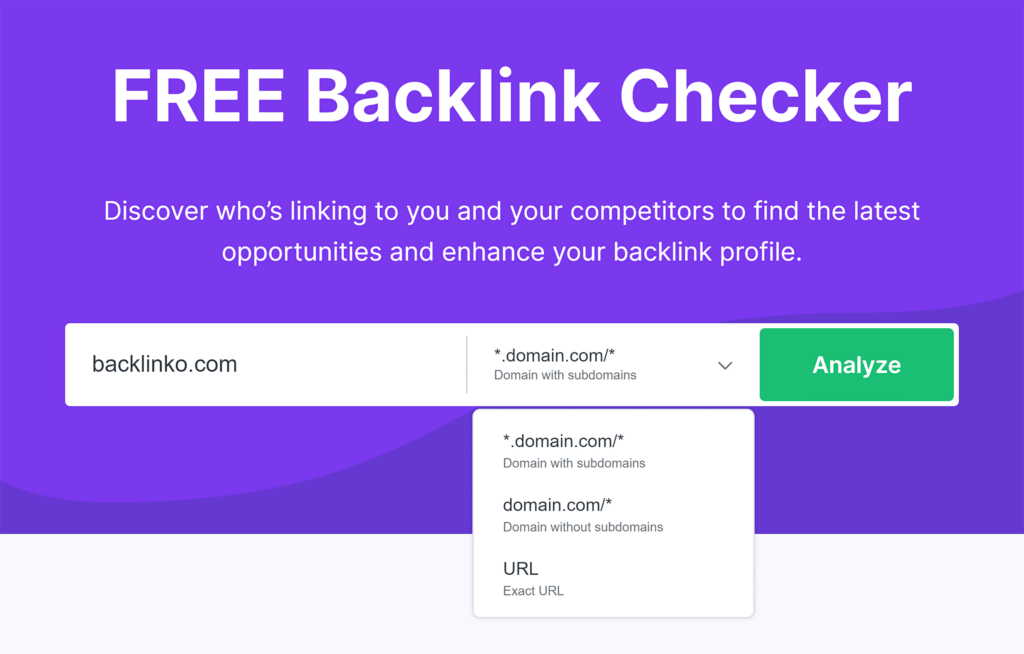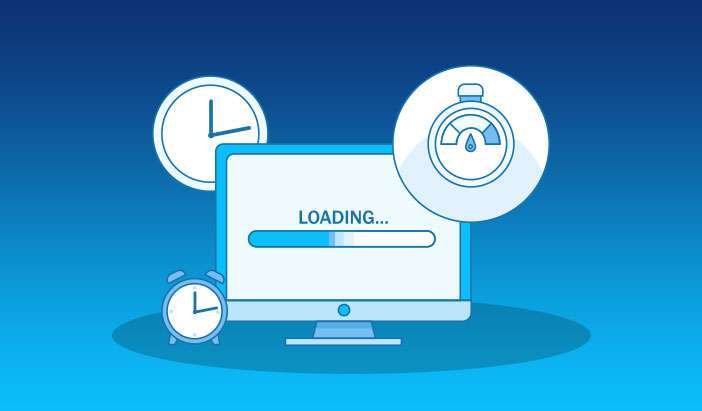SEO Recovery Tips For a Dropped Ranking
SEO Recovery Tips For a Dropped Ranking: If you have noticed a drop in your website’s rankings on Google, don’t panic. It is entirely possible to recover from a dropped ranking as long as you can quickly determine the cause.
The first thing you will want to check is whether you have made any large changes to your site. If you have migrated pages, rolled out a redesign or changed URLs, these can all cause a big Google ranking drop.
Features of SEO Recovery Tips for a Dropped Ranking
A significant drop in search engine rankings is frustrating, but it can also be a chance to take stock and see where improvements are needed. By examining the factors that led to a decline, you can make sure your site is up-to-date and in line with current best practices. Then, you can refocus efforts to address the issues that caused the drop and get your rankings back on track.
1. Examine the Content
The most common cause of a ranking drop is a change in keywords that are being used. This could be a change in the keywords your website is targeting, or it may simply be that your existing keyword list has grown too long. Check your current keywords in several tools to see if they have changed significantly.
2. Examine the Technical SEO Issues
Oftentimes, rankings drops are the result of an algorithm update from Google. However, it is not uncommon for the changes to occur gradually rather than suddenly, as Google reprocesses immense amounts of data. In addition, it is possible that your site has been hit by a manual penalty.
3. Examine the Lost Links
Another potential reason for a drop in rankings is that you have lost valuable backlinks. To determine if this is the case, head to a tool like Ahrefs and click on the lost links report. This will show you any pages that have lost a large number of links in a given period, including backlinks with a high page authority or PageRank.
1. Check Your Content
There are a few reasons why your pages might suddenly drop in the rankings. Perhaps the keywords have lost their relevance or search volume, or maybe you’ve introduced some new competitors that are stealing your page visibility. Alternatively, it could be that your site has a technical issue or has been hit with an algorithm change. Whatever the cause, it’s important to understand what’s happened so that you can fix it.
If you’ve recently changed the text on your website’s pages, this may have affected how Google sees them. Try reverting to the old text and checking whether this improves your ranking. Also, check that all your pages display a 200 OK status code. If not, use this free HTTP status codes checker to resolve the issue.
Another possibility is that your competition has made significant changes that have pushed them above you in the rankings. This can be more difficult to diagnose, but it’s worth analyzing the pages that they are now ranking for to determine what they have done differently.
If they have improved their backlink profiles, better keyword research or optimization skills, or faster loading times, then you may need to review your own strategy and make adjustments. If you’ve been hit with a manual penalty, this will also be flagged in your Webmaster Tools account and will need to be fixed before you can expect to recover your rankings.
2. Check Your Backlinks
One of the worst things you can do as a website owner is to wake up to see your hard-earned Google ranking disappear without a trace. While this is never a pleasant experience, it can often be corrected with the right SEO recovery tips.

As any experienced SEO professional knows, rankings drop for a variety of reasons. Some are due to algorithm updates, while others may be the result of a change in your site content or aggressive competition from competitors. Regardless of the reason, it’s important to understand that this is a natural part of the process and not something to panic over.
In the event that your rankings have dropped for no apparent reason, it’s helpful to check your backlink profile to ensure that there aren’t any spammy links that could be penalizing your website. You can also try running a backlink analysis tool to identify any issues that need fixing.
Finally, it’s also a good idea to analyze your competitors’ ranking performance. A tool like SERP Checker by Mangools can help you do this by showing you the top results for your keyword, along with their backlink profiles and SEO metrics (Moz DA, Majestic TF, and CF). This can give you a clue as to what’s happened and how to recover from it.
3. Check Your Site’s Load Time
If your site’s load time has increased, it may be one of the causes for a dropped ranking. Google will consider this when determining search rankings. A slow site isn’t good for users, which can hurt your SEO ranking. You can check your site’s load time by running a speed test or by using other tools.

Another possible reason for a drop in your SEO rankings is that Google has changed its algorithm. Keeping on top of SEO news and updates will help you spot this and react to it. For instance, Moz has a great page that lists all the Google updates. Look at the dates and see if there are any that align with when your website performance declined. You can then investigate that update to determine what it targeted and change your SEO strategy accordingly.
Identifying the cause of a sudden decline in your search engine rankings requires a deep understanding of the way Google works. It also involves meticulously analyzing different aspects of your website to spot problems that you might not have noticed. By implementing a comprehensive disaster recovery strategy with the help of an expert, you can minimize damage and ensure your long-term SEO visibility. Visively has the knowledge to do just that, identifying the problem quickly and recommending proactive steps to recover your website’s SEO.
4. Check Your Analytics
When you’ve identified the problem, you can work towards resolving it and recovering your dropped ranking. There are several ways to do this, depending on what the issue is.
First, check Google Search Console to see if any pages were removed from the SERPs. You can do this by using the Removed URLs tool (link below). Although this is fairly rare, it’s important to make sure that your site and content aren’t being blocked.
Next, look at your organic traffic data to see if it has decreased. If so, this may be a sign that you’re losing visibility in search results, which could lead to a drop in rankings. You can also use SEO PowerSuite’s Organic Traffic and Traffic Sources reports to identify potential issues.
Additionally, look at your competitor’s SEO data to see if their rankings have dropped as well. If so, this could be a sign of a Google algorithm change or even a manual penalty.
In addition, you can run a reverse IP check in Screaming Frog to see if any of your sites’ internal pages have been affected by a link drop. Alternatively, you can use tools like Ahrefs or Majestic to find out which sites are linking to your affected pages. If you notice a big drop in rankings for non-branded queries, it’s likely an algorithm change.
Conclusion
A ranking drop can be a major setback for your site. However, if you approach it correctly, you can turn a ranking dip into an opportunity to improve and enhance your website.
Start by determining if your rankings dropped due to a manual penalty or an algorithmic devaluation. Each has its own characteristics and recovery steps.
